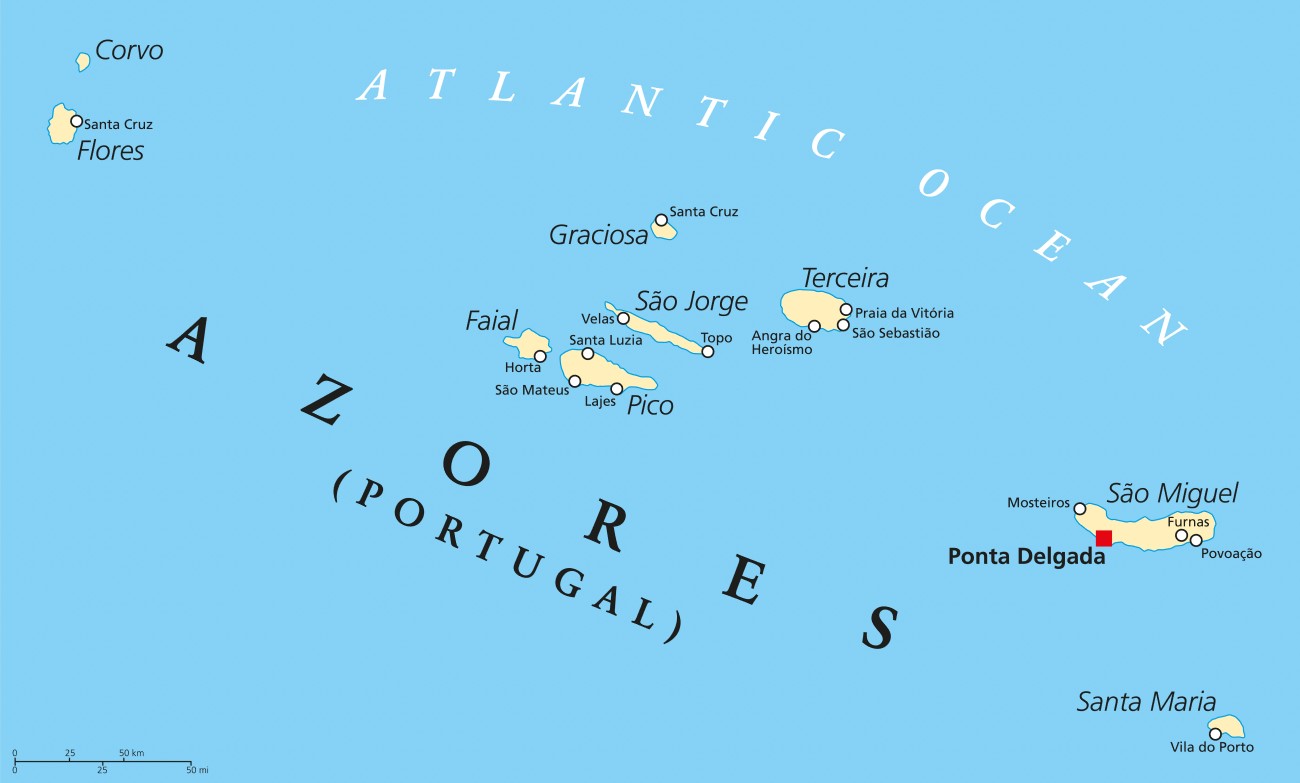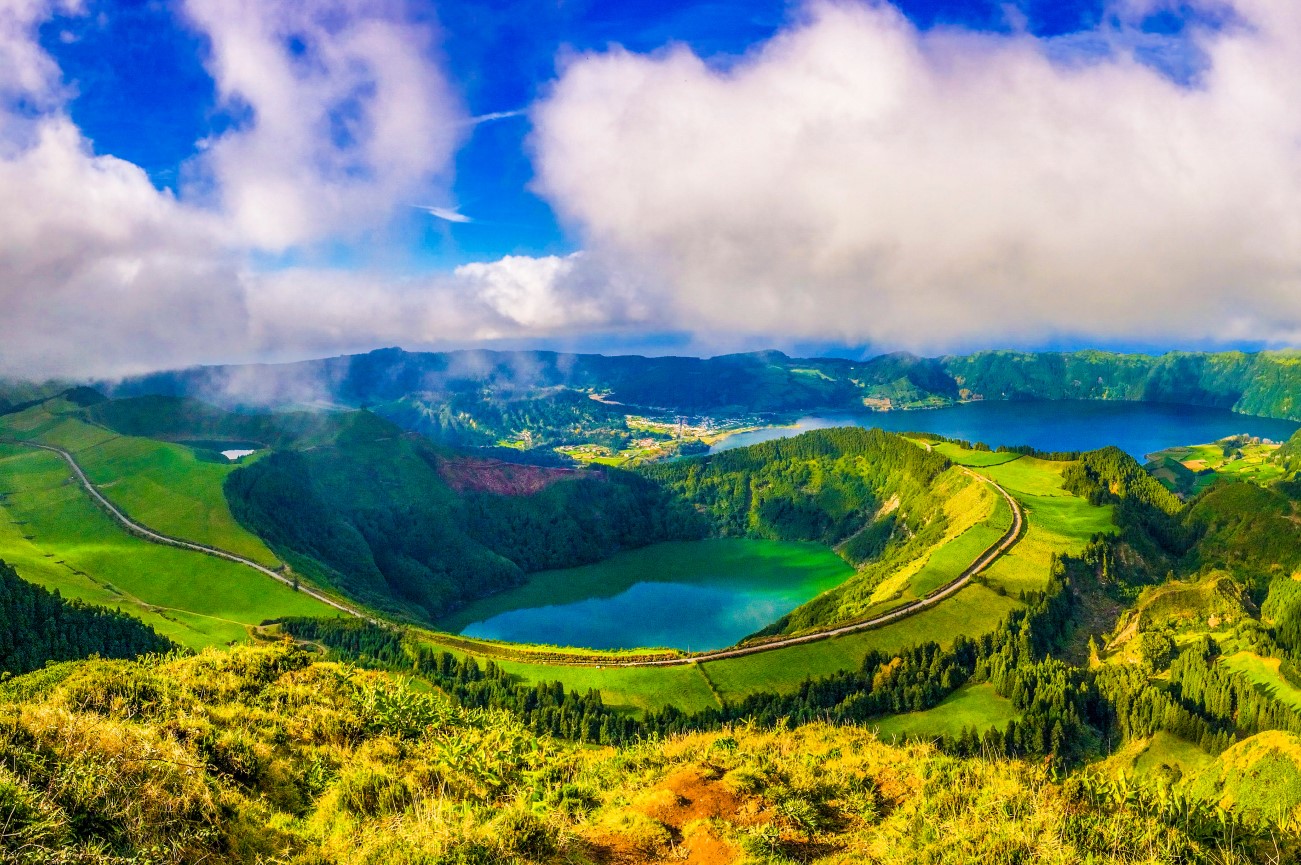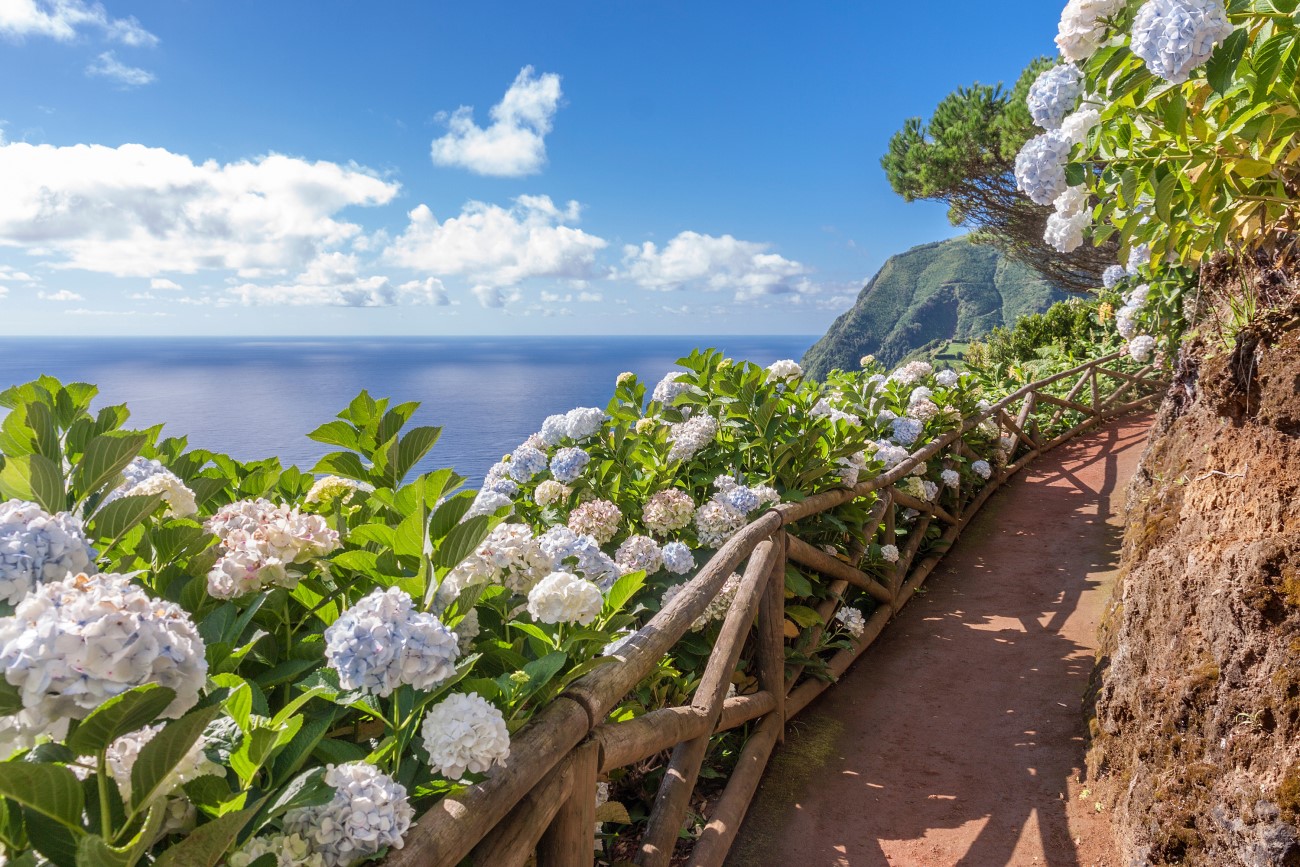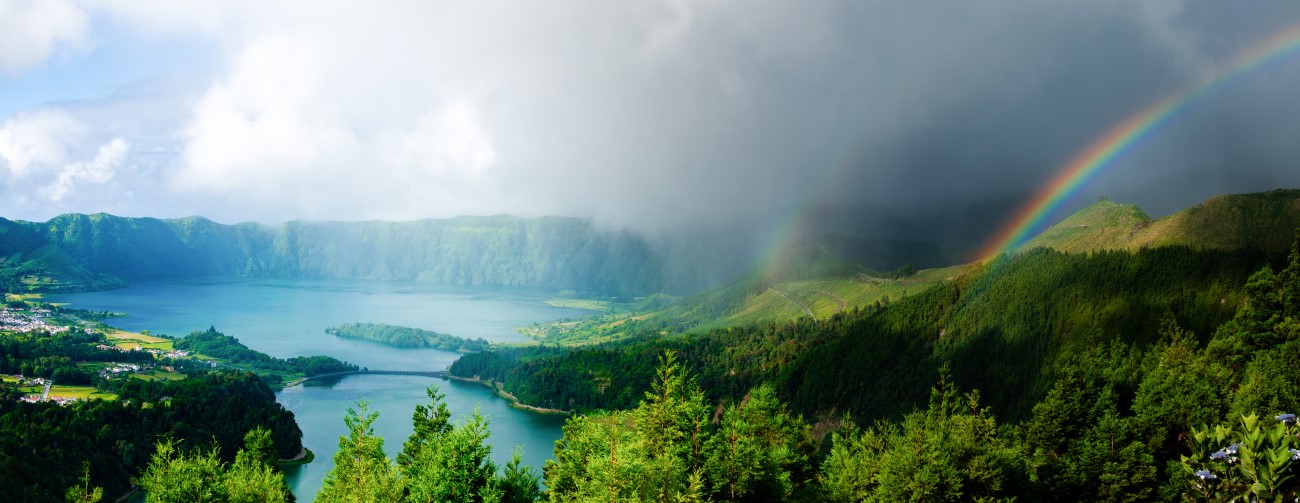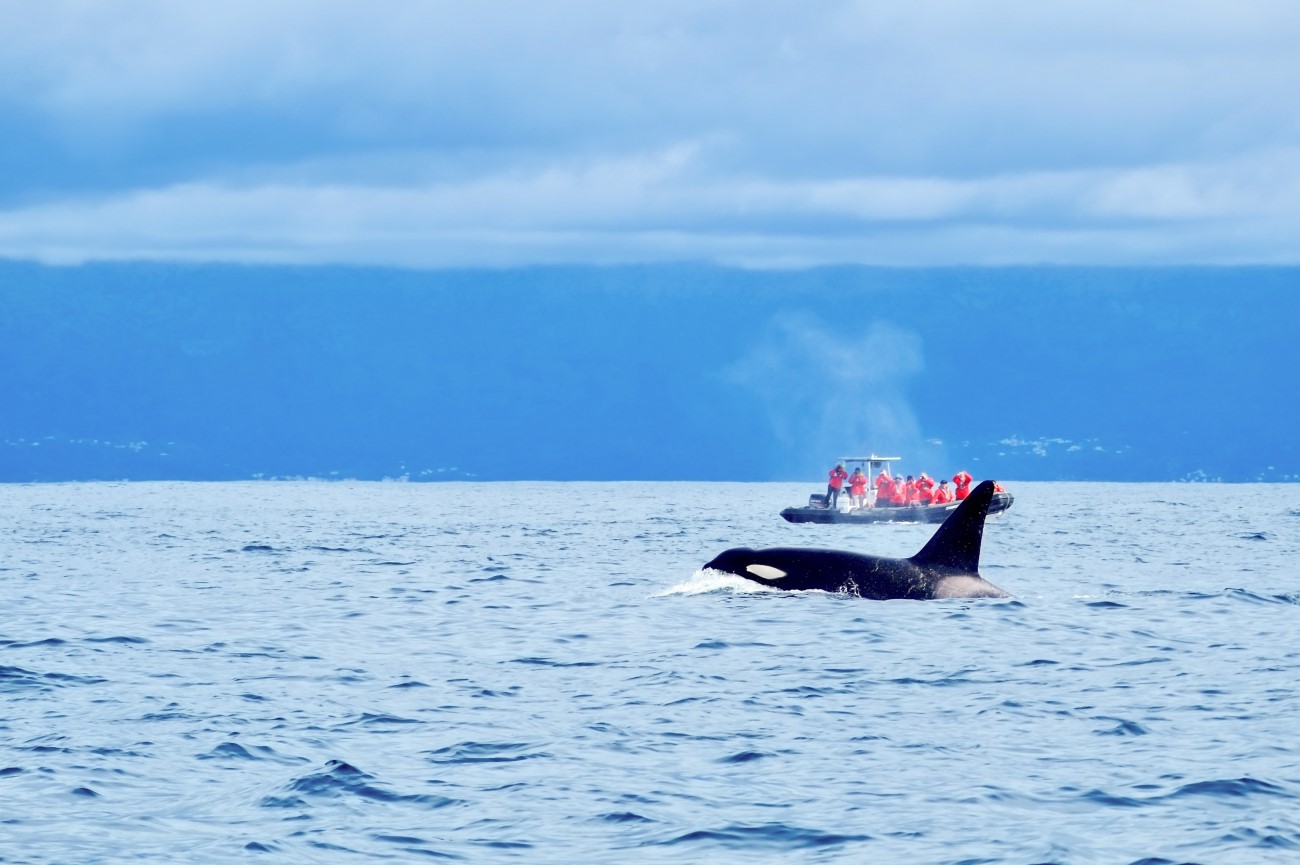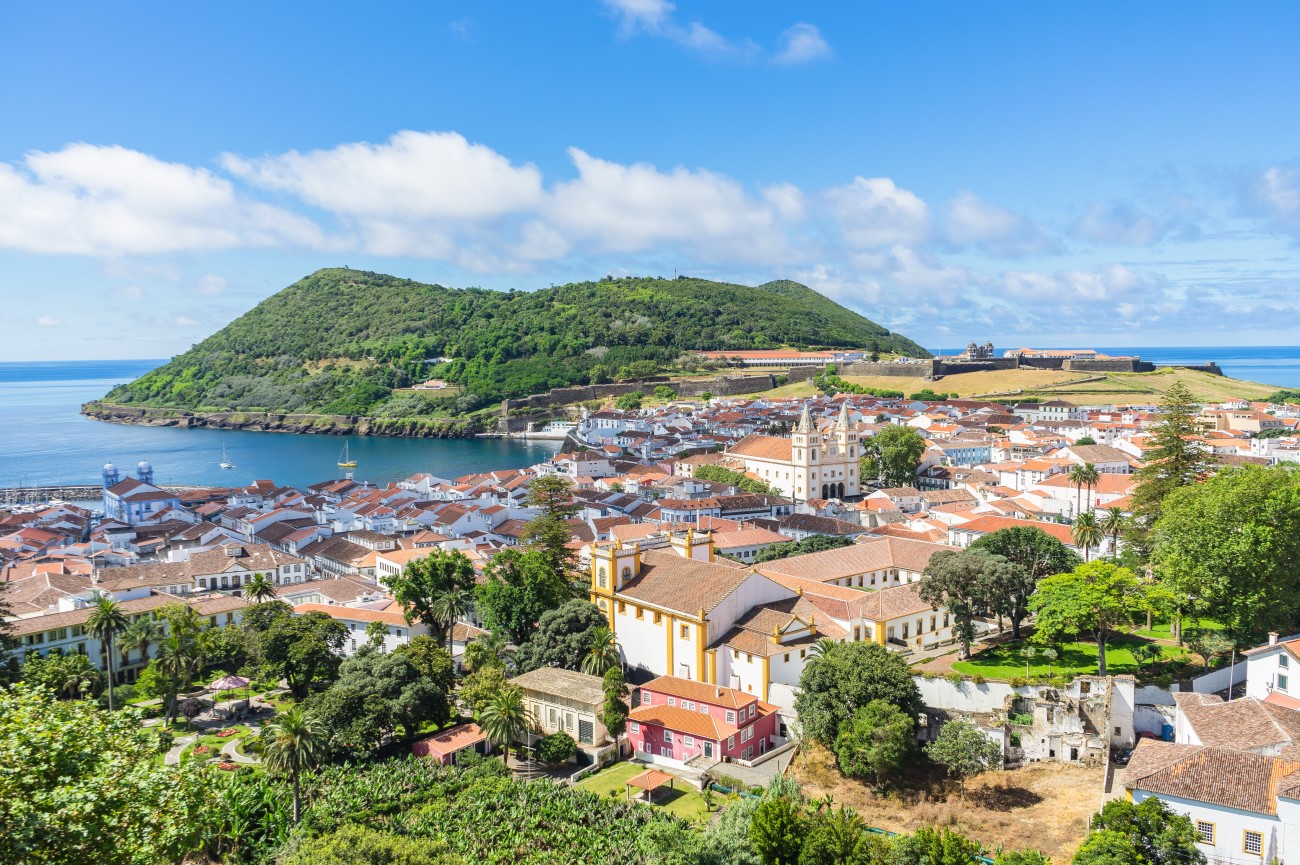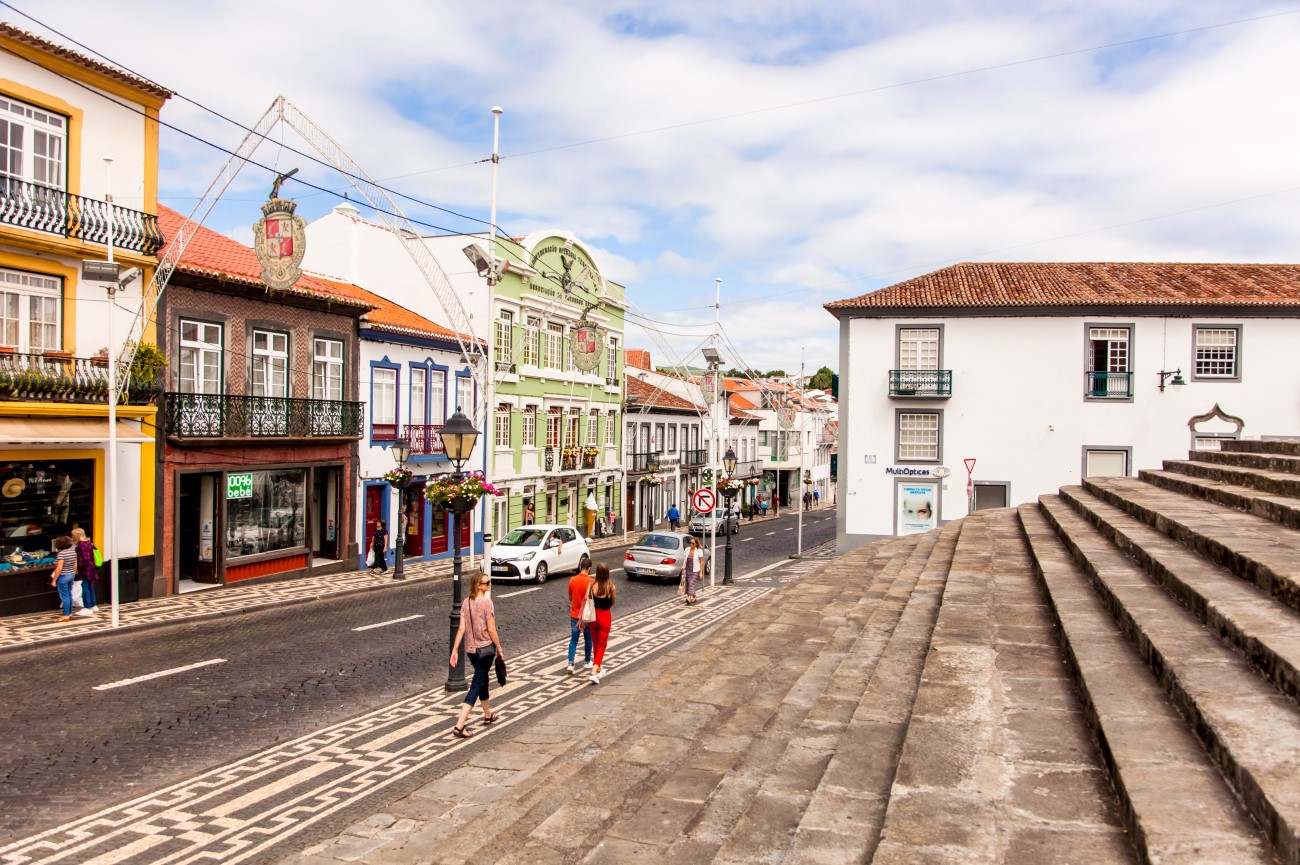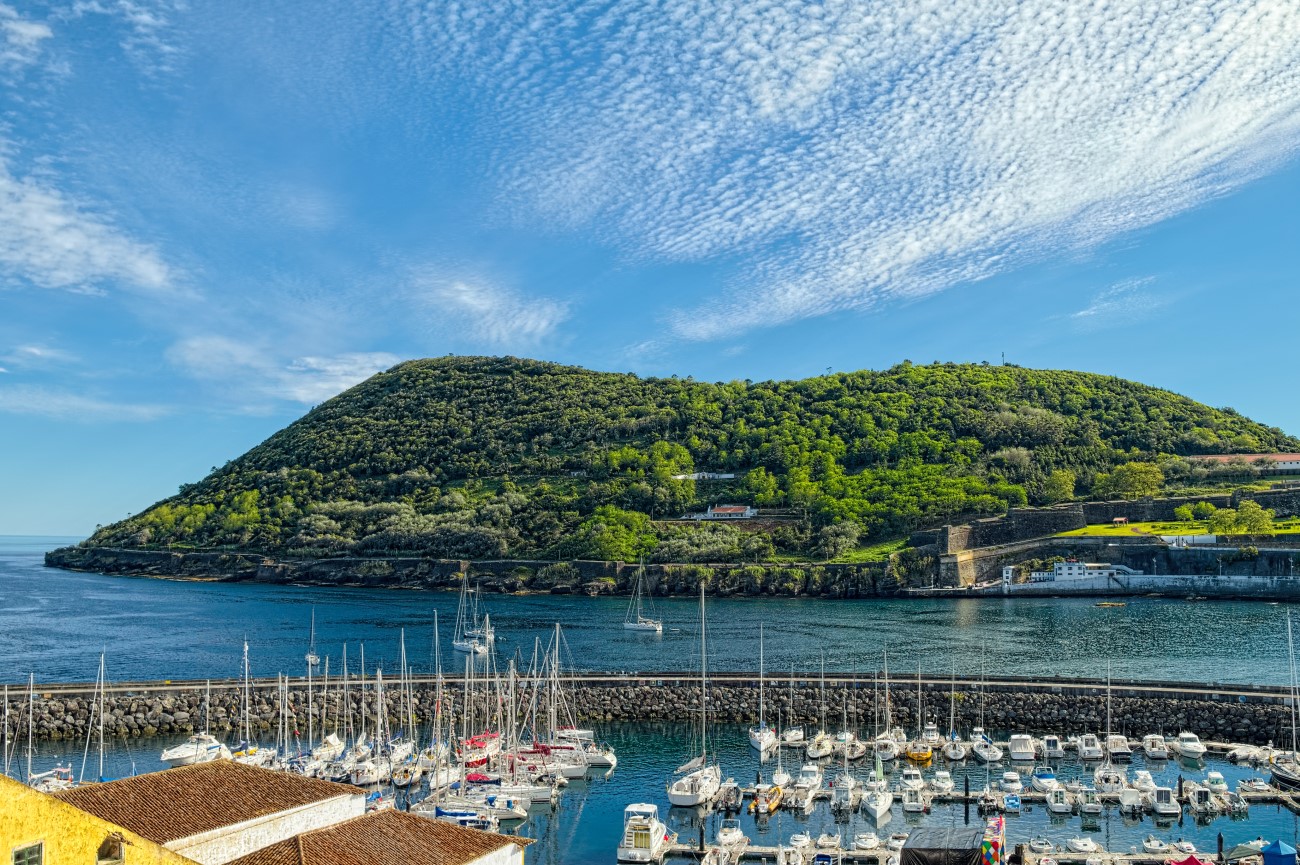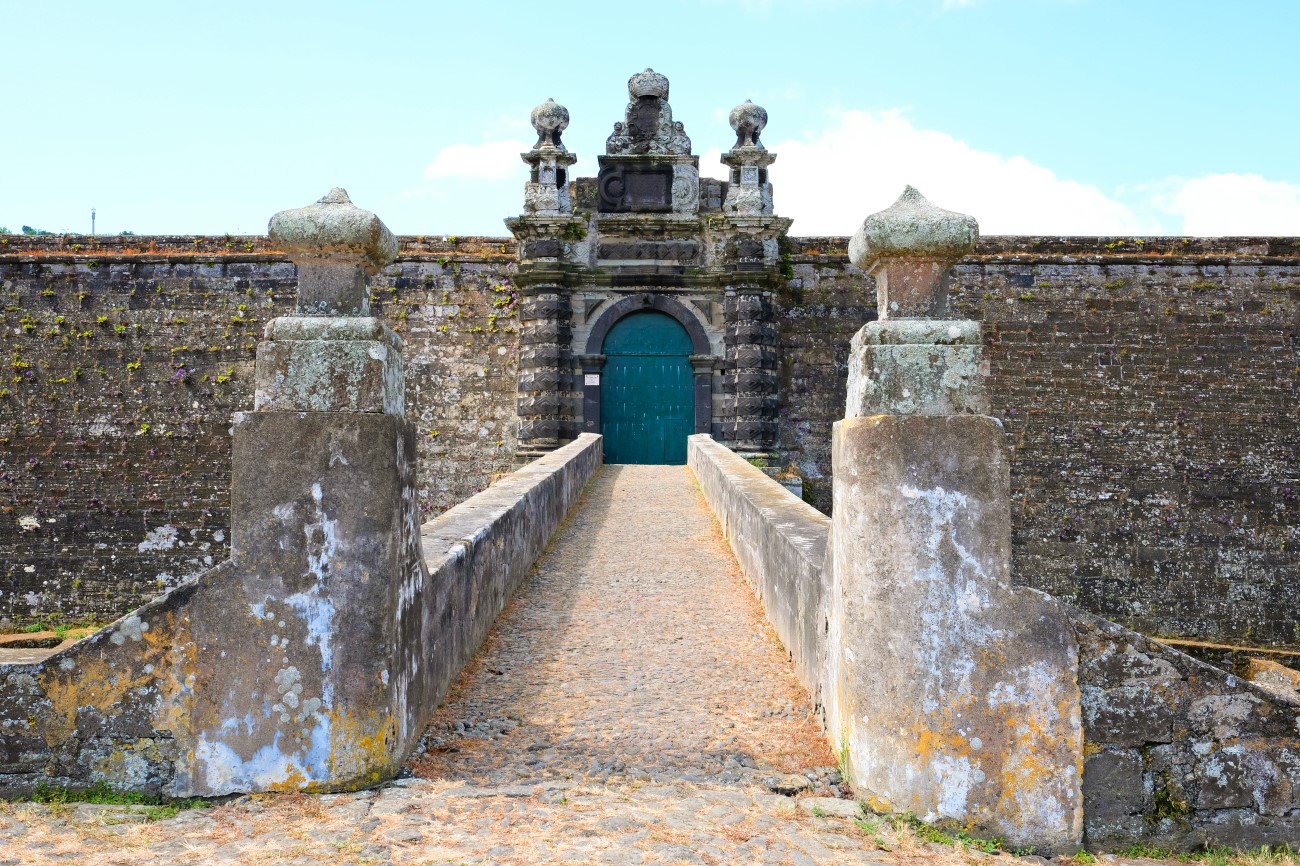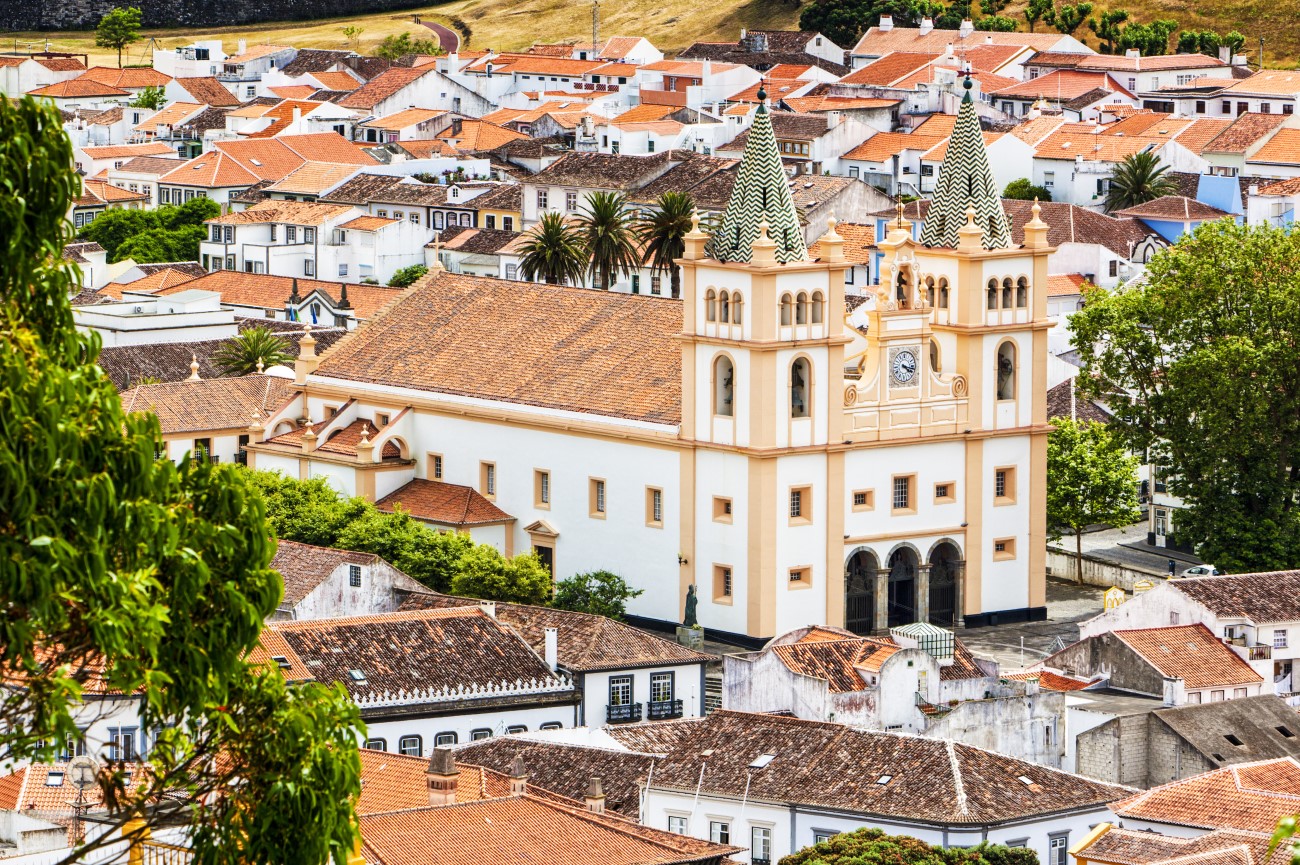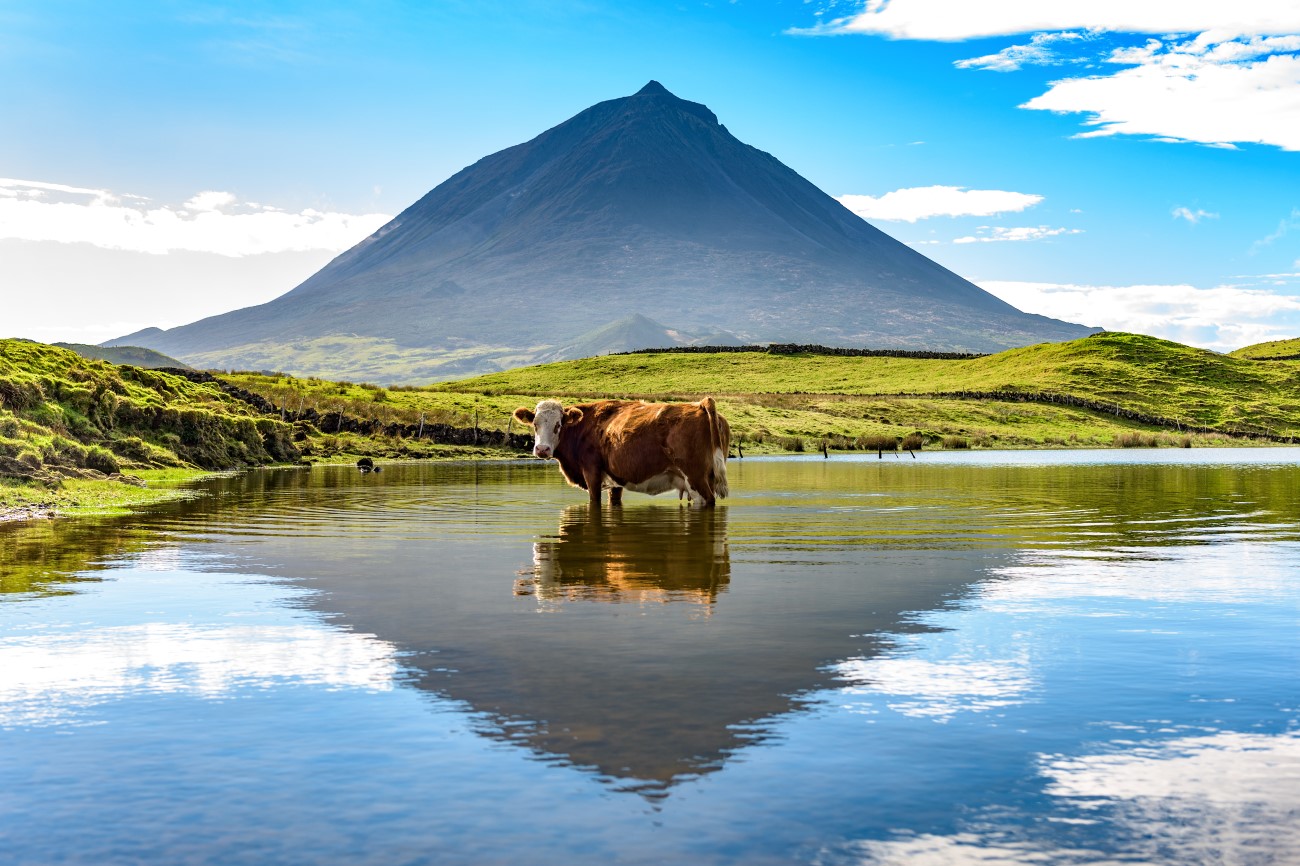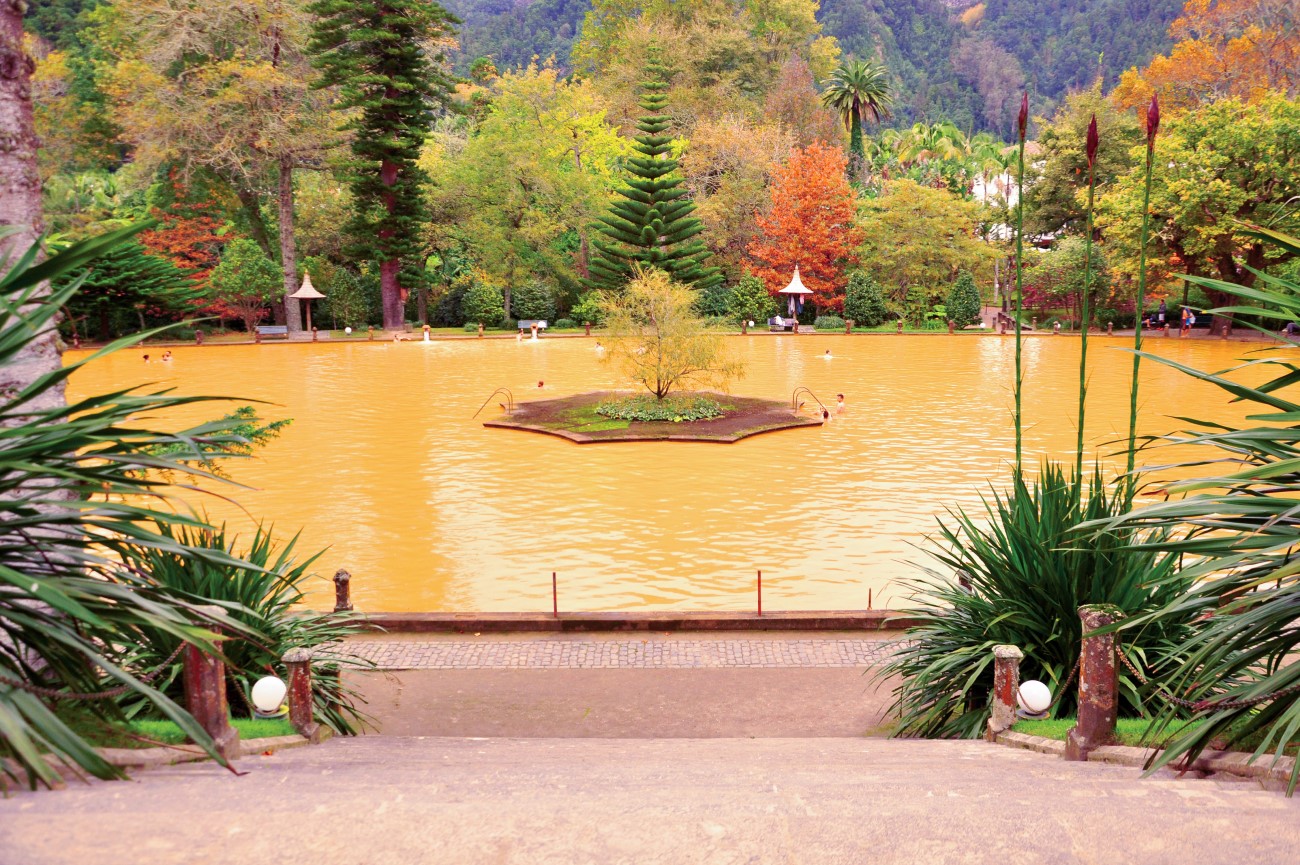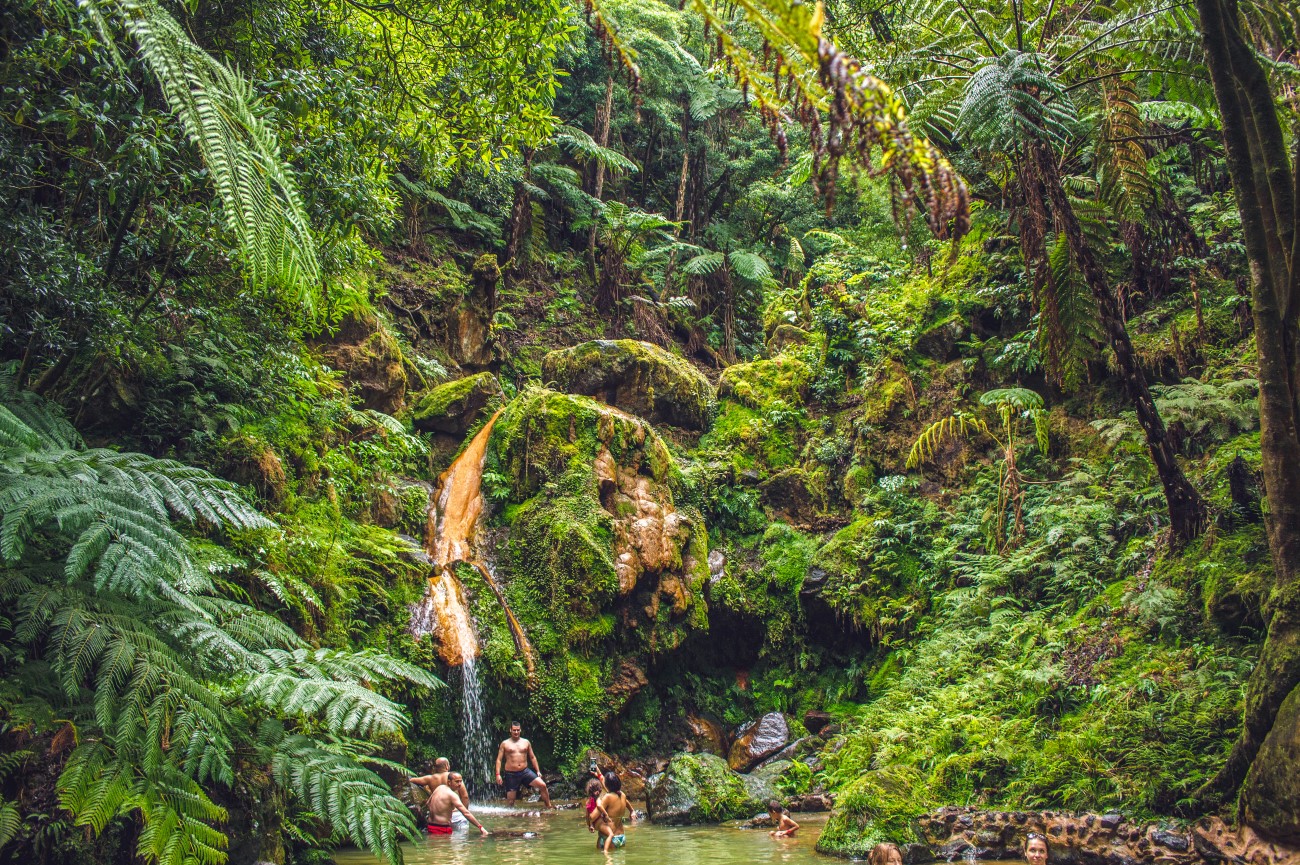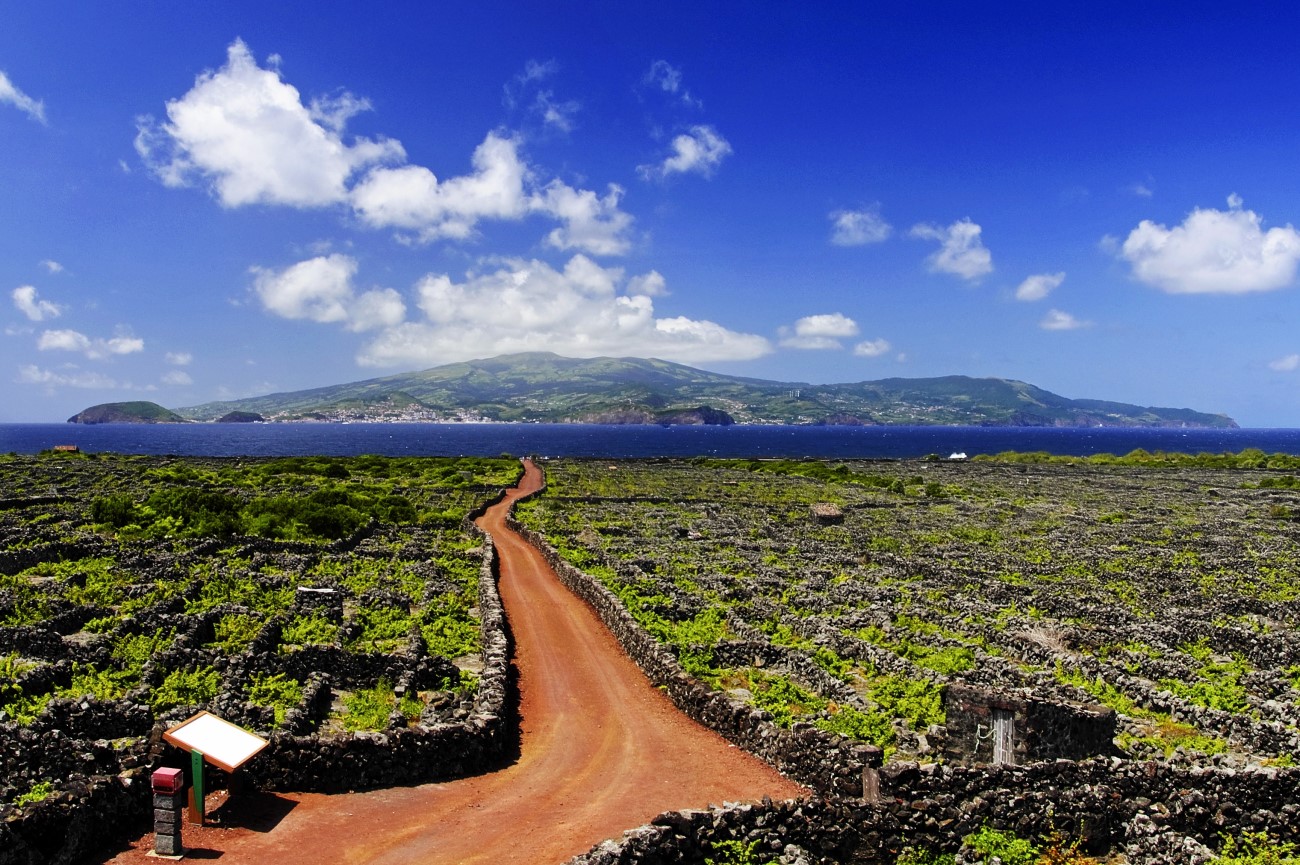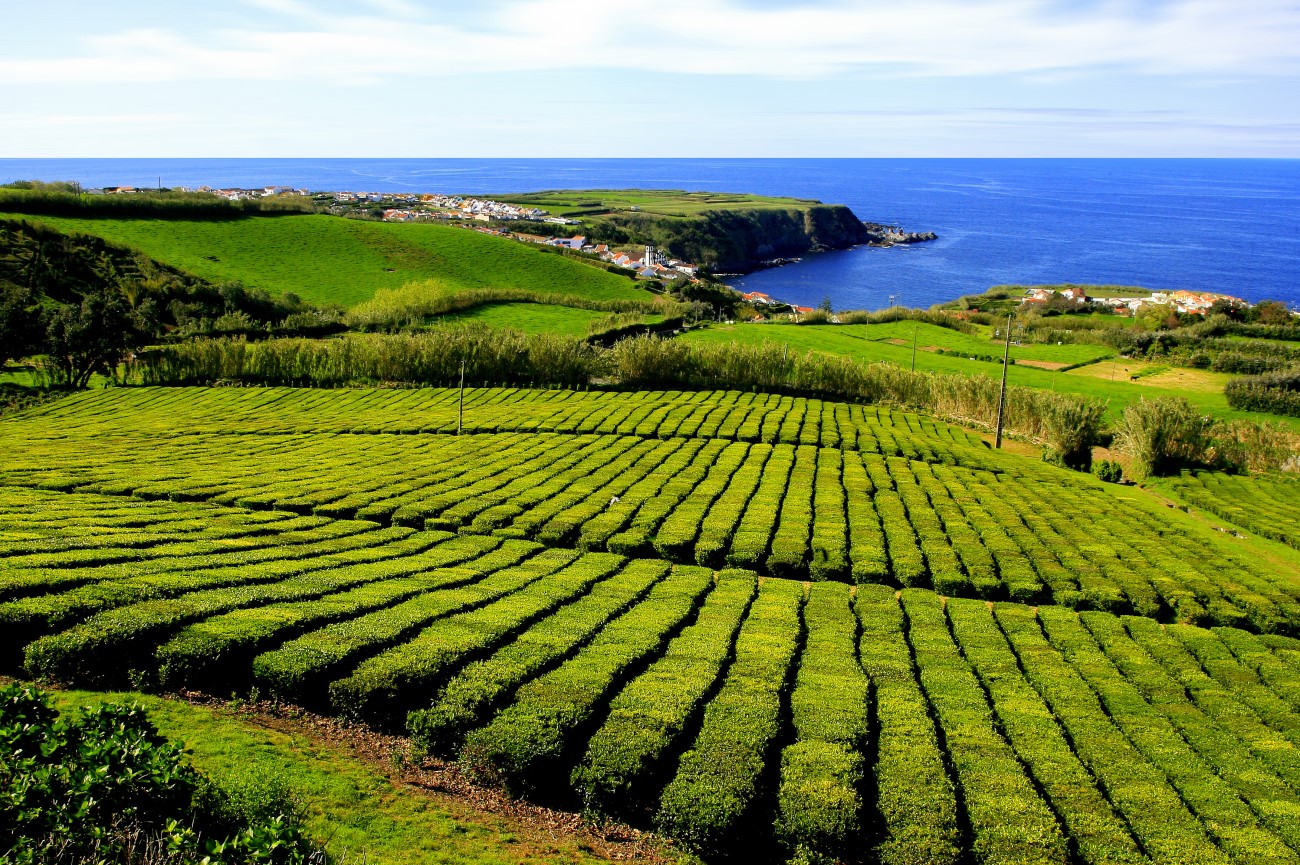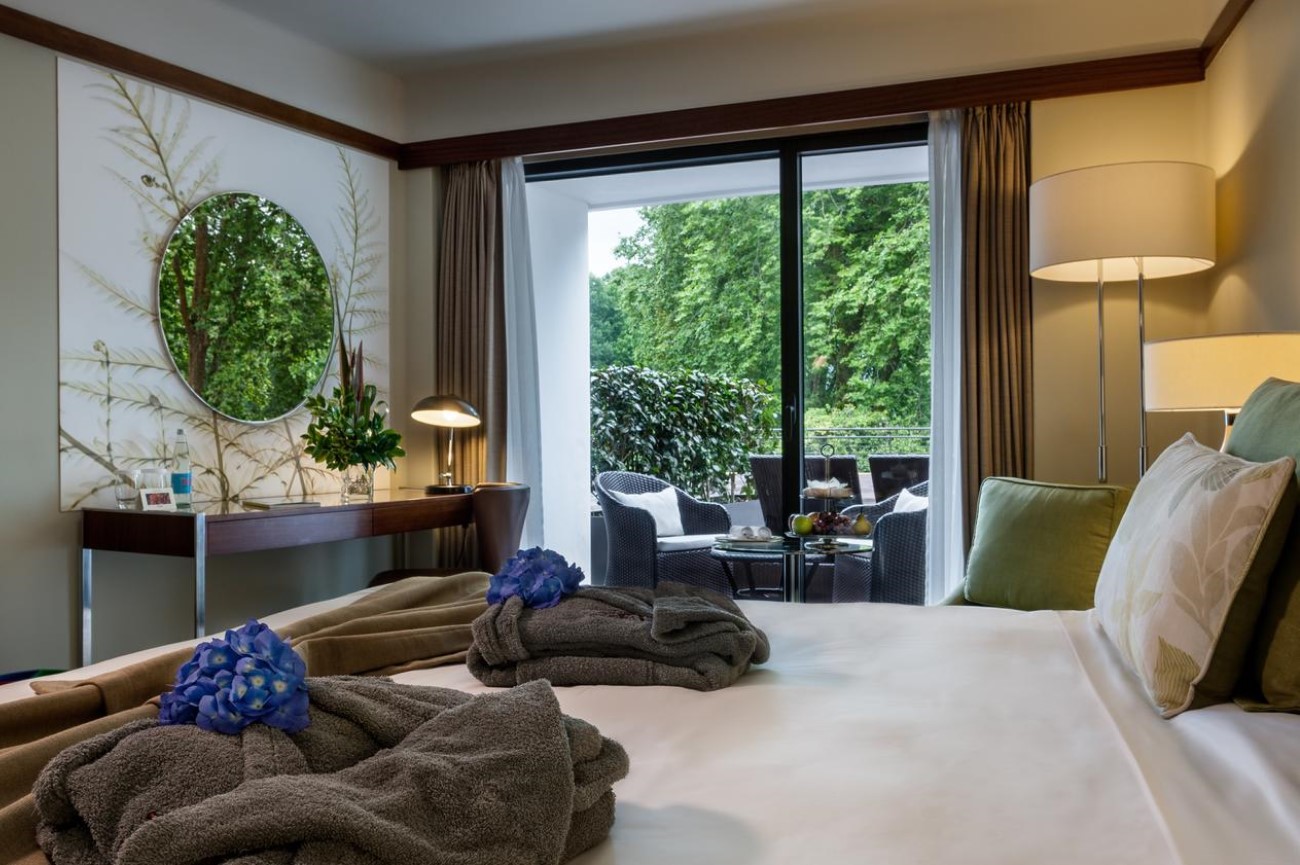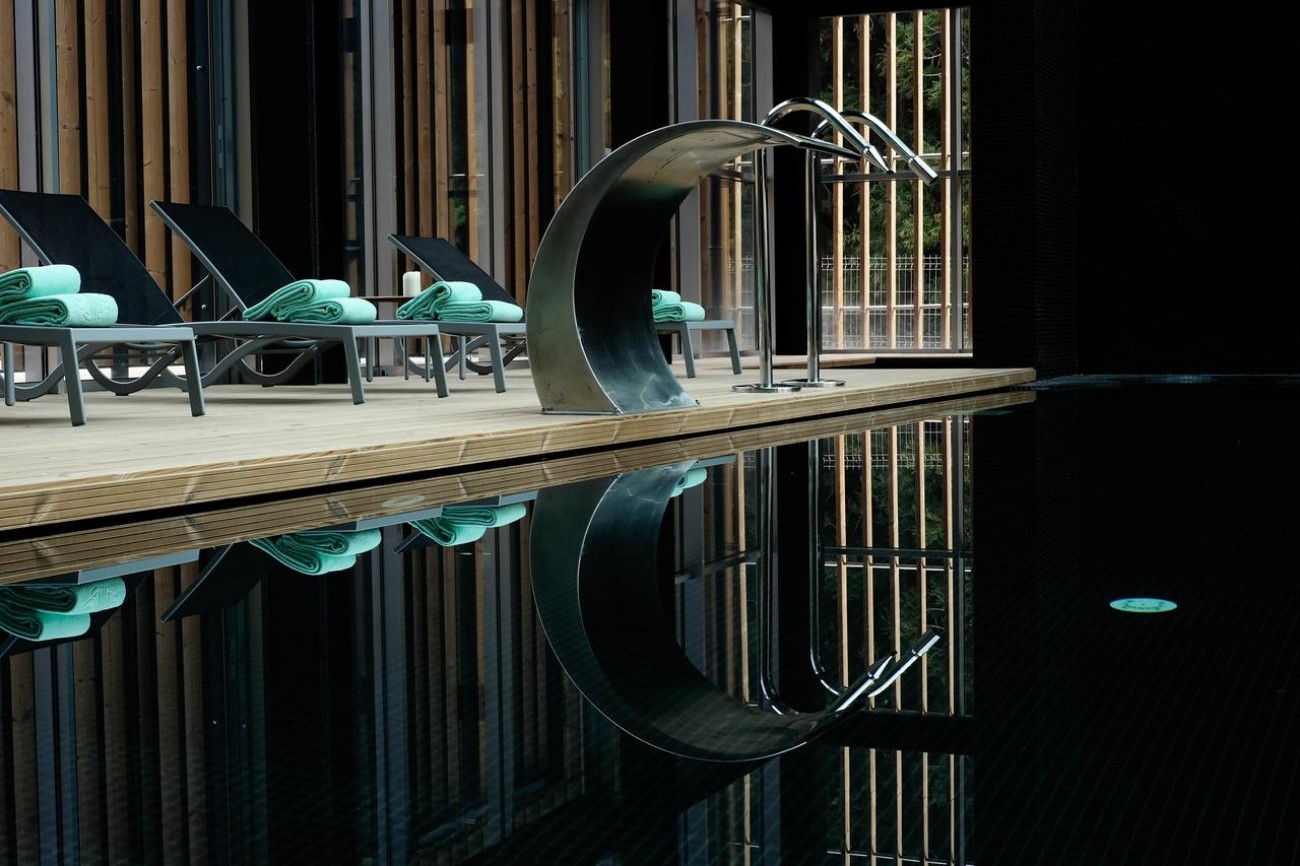The Azores: Europe's Secret Paradise
The Azores are a stunning archipelago paradise that is just begging you to explore it!
Comprised
of 9 islands in the Atlantic, the Azores are known for natural wonders
like impossibly blue lakes, hot springs, hydrangeas, and volcanic
craters. From whale watching to scuba diving to incredible heritage
sites, tea plantations and vineyards, a visit to the Azores can be fun
for everyone!
Here’s a closer look at everything you need to know to truly enjoy this beautiful European paradise:
Azores, Portugal: What to Know
The Azores are a group of 9 volcanic islands located 850 miles west of
mainland Portugal. The islands are divided up into 3 groups: the Western
group (Flores and Corvo), the Central group (Terceira, Graciosa, Sao
Jorge, Pico, and Faial), and the Eastern group (Sao Miguel and Santa
Maria islands).
When visiting the Azores, you should plan your
trip logistically. This means knowing ahead of time what you’d like to
do and see and planning accordingly. Unfortunately, traveling between
islands is not always easy or cost-effective so planning well in advance
is recommended. Of course, you could also book a multiday Azores tour and not have to worry about logistics at all.
Each island is unique with its own culture, history, and landscape.
The Azores have been occupied by multiple groups throughout its history including (obviously) the Portuguese, the Flemish, the French, and the Spanish. The islands were also home to Moorish prisoners and African slaves from Guinea, Cape Verde, and Sao Tome. It is this heritage that contributes to the diverse cultural experiences that can be had in this region.
The Weather
When it comes to weather and climate, the Azores are rather complicated. Their remote location in the Atlantic means that the weather is quite unpredictable and can change rapidly. It is nothing to experience clear skies in the morning and a storm in the afternoon. When packing for your trip, be sure to take this into consideration. But do not let this deter you from visiting. Tourists often consider the weather part of the adventure!
Temperatures in the Azores are not as high as they are in the Mediterranean, rarely rising above 30 °C (86 °F). But, the good news is that it rarely gets too cold here either. Daytime temperatures in the winter are typically around 17/18 °C (63/64 °F).
Transportation
When it comes to getting around the islands, renting a car is best. Public transportation on the Azores is minimal at best and a car will give you the autonomy you need to get around properly.
If traveling between islands, you can fly or take a ferry. Flights can be expensive and the ferry can take ages. The ferry ride from Sao Miguel to Santa Maria, two islands in the same group, takes 3 hours. Plan your itinerary to reduce the amount of island-hopping you’ll need to do. If you must travel between islands, save yourself a little bit of time but using the ferry to travel between islands of the same group, and book flights to travel to islands of a different group.
How to Get to the Azores
Fortunately, getting to the Azores is pretty simple. Direct flights are available from Lisbon and most major European cities like London, Rome, and Madrid.
Azores Airlines also offers direct flights from Boston into both Ponta Delgada Airport and Terceira as well as flights from Oakland into Terceira.
What to See and Do
As mentioned above, a trip to the Azores should be planned carefully. There are a number of really great things to see and do when visiting the Azores and here’s just a sample to get you started on your itinerary:
Whale Watching
Whale watching is one of the most exciting and popular things to do when visiting the Azores.
Once
upon a time, the Azores were home to a thriving whaling industry that
was supported by the 25 different species of whales and dolphins that
either live in or migrate to these waters. Today, this makes for a
wonderful opportunity for tourists.
Whales and dolphins can be seen all year round and there is a whale-watching tour available from just about every port. The odds of seeing something in these waters is very high!
Some species are seasonal. In the springtime, you are likely to see sei, blue and fin whales. In the summer, sperm whales can be observed.
Scuba Diving
If scuba diving is on your Azores to-do list, you will want to time your trip according. While the islands may look similar to Hawaii or other tropical destinations, their actual location in the Atlantic means water temperatures are far too cold for portions of the year. The best time to scuba in the Azores is between June and October.
Like whale watching, there are many great scuba sites spread throughout the region making it an activity that can be easily worked into any travel plan.
Each island offers a different experience. Near Angra do Heroísmo in Terceira there is an underwater anchor graveyard that is worth exploring. And off Pico and Sao Miguel, the volcanic activity of the past has lead to some fascinating sites beneath the waves. In fact, the volcanic canyons off Sao Miguel have become a home to many octopuses and triggerfish.
Visit Angra do Heroismo on Terceira Island
The historic center of Angra do Heroismo is an architectural wonder and a UNESCO World Heritage Site.
During
the Portuguese Age of Discovery, this town was an essential stop on
transatlantic trips between Europe, Africa, and the Americas.
This town has two maritime forts from the 16th and 17th centuries, plus several baroque churches, convents, and cathedrals. On the Rua da Sé you will see stunning mosaic pavements and houses with brightly colored windows and doors.
Pay a visit to the museum and learn about the region’s rich history. Or, if you feel up for hiking, follow the trail out of town and to the summit of Monte Brasil. Monte Brasil is a dormant volcanic crater that is now a nature preserve.
It is here that you will find that Castle of São João Baptista, one of the largest and most significant forts in Portugal, dating back to the 16th century.
The hike takes about an hour and offers some absolutely unimaginable views of the city below.
Make a point to stop visit the Cathedral Angra do Heroismo. This largest church in the Azores was built on the site of a primitive gothic church from the late 15th century. Be sure to go inside and see the silver frontal altar of the Blessed Sacrament.
Climb the Volcano on Pico
With an elevation of 7,713 feet (2,351 meters), Mount Pico on the island of Pico is the highest point in all of Portugal.
While
the mountain is high and the peak is often buried in the clouds, it is
not overly difficult to climb. Certainly, you need to be in shape and
have the physical stamina but it does not require special equipment or
training.
Mount Pico is actually a volcano but it’s dormant -- no need to worry about an eruption, the last one was in 1718.
All you have to do is sign in at the visitors center and get ready to hike. The hiking trail is marked by wooden posts about every 50 meters that display the elevation. On a clear day, you will be able to see all the way to the islands of Graciosa, Faial, Terceira, and Sao Jorge.
Soak in Thermal Pools
The Island of Sao Miguel is blessed with a wealth of thermal springs and
thermal pools. These thermal pools are created by the heat generated
from the island’s three active volcano complexes - Furnas, Fogo, Sete
Cidades.
For the best experience, try to visit one of the pools
on a cool or dreary day. Nothing is better than slipping into the warm
thermal waters when the air temperature is on the cool side of things.
Located
in the town of Furnas is Poca da Dona Beija. It is made up of 5 thermal
pools and is a truly unique and wonderful experience. Between the stone
architecture and the forest-like surroundings, a dip in the water is
sure to set your soul at ease.
On the north slope of Fogo Mountain is Caldeira Velha. This natural park is more like a tropical paradise. With a waterfall, two thermal pools, and gorgeous iron-stained rock, you’ll be glad you decided to pay a visit.
If want to make a spa experience part of your Azores trip, visit Termas das Caldeiras. Near the city of Ribeira Grande, this spa has 3 pools, one of them outdoors. In order to access the indoor pools you will need to book a spa treatment but to access the outdoor pool, you just need to pay a small fee. The outdoor pool is very tiny but it is unlikely to get as crowded as the other places on the list so if you’re just looking to relax away from the crowds, this may be the perfect place.
Visit the Vineyards and Wineries
Portugal is well known for its wine and the Azores are very much a part of this tradition.
The islands of Pico, Graciosa, and Terceira is where all “action” takes place.
Pico holds a UNESCO World Heritage location that consists of stone walls that protect the white Verdelho grapes and vines. Wines in the Pico region are golden and viscous with sweet, salty and tart flavors. And because of the volcanic soil, there is also a distinct smokiness to the wines.
There are some wine tours that will take you through the historic regions and provide you with ample opportunities to sample the products. One place worth visiting is The Cooperativa Vitivinícola da Ilha do Pico. This wine cooperative has dedicated decades to restoring the basalt walls and preserving the region’s winemaking history. With tours and workshops, this is an entertaining and educational experience.
The island of Graciosa is known for its brandy and light-bodied table whites. If paying a visit to this island, be sure to stop at the Terra Do Conde winery. Here you can visit the wine cellars for a tasting but you will also get a glimpse of old-world winemaking. And as if that wasn’t enticing enough, at a tasting, the wines are paired with local pastries for a truly scrumptious experience.
Like most of the wine-producing islands in the Azores, Terceira is famous for white wines, particularly those from the verdelho grape.
The primary winery on Terceira is Casa Agricola Brum. First opened by Francisco Maria Blum in the 1890s, the site is still run by his descendants. This location has a wine museum that is open to the public year-round except for the third week in September. The museum is closed that week for the grape harvest. There is no entry fee for the museum so it is worth a visit when coming through for a tasting tour.
Visit a Tea Plantation
Portugal is the only tea producing country in Europe and its plantations can be found on Sao Miguel island.
Gorreana Tea Plantation is not only the oldest tea plantation in Europe and has been producing black teas, green teas, and orange pekoe teas since 1883. Tea is also produced in neighboring Porto Formoso.
It is possible to take a walking tour through the tea fields. This is a different and relaxing sort of afternoon providing interesting and unexpected insights into the traditional economy of the Azores.
Where to Stay
As with other regions in Portugal, there is no shortage of amazing places to stay. Here are some of our top picks:
Terra Nostra Garden
The Terra Nostra is located in Sao Miguel in the Furnas Valley. With spacious rooms and surrounded by incredible greenery, this hotel feels like it’s a true paradise retreat. With modern amenities, a world-class restaurant AND access to tidal pools, it isn’t hard to see why this hotel is widely considered to be one of the best in the Azores.
Furnas Boutique Hotel & Spa
If you are looking for a relaxing escape and a place to truly unwide, Furnas Boutique Hotel & Spa is ideal. With 24 hour access to the thermal pools, gym, and continental breakfast service, you will never be wanting. And just a short walk away are the fissures, vents, and steam pools of Caldeira das Furnas. After a few minutes here, you will get a real sense of the raw power of Planet Earth.
Azoris Royal Garden
Located in Ponta Delgada, Azoris Royal Garden provides comfort and tranquility. With an on-site spa, a celebrated restaurant, fitness center and a location near the historic center of town, you’ll be happy to call this beautiful hotel your home away from home.
Where to Eat
When in Furnas, you need to sample the food cooked in the caldeira, or geysers. Codizo is a traditional meat and vegetable stew that is cooked in pots that are placed underground each morning and brought up again around noon. If you near Caldeiras das Furnas at lunchtime, be sure to stop by and witness the pots being brought back up. Many of the local restaurants serve codizo but it may be necessary to order 24 hours in advance so if you are interested, always call and ask to avoid disappointment.
There is also the option of eating fresh corn cooked in the caldeira. While corn on the cob may not sound particularly exciting when was the last time you were able to say that you ate corn cooked underground?
Associação Agrícola de São Miguel
If you have an appetite for beef, the Azores are a perfect place for you. With 9 varieties of beef, and the ability to choose the cut you want for each, you can dine your way! Be sure to try the Bife à Associação, it’s the signature dish and it is delightful.
Mané Cigano
In Ponta Delgada, Mané Cigano is a traditional Portuguese bistro. Forget even looking at the menu, fried sardines are the dish every one shows up for. They are fried until golden and served with yams, potatoes, pimenta da terra (a red chilli paste), chopped onions, and Galician lemon. Fresh, bright, delicious.
Restaurante Fornos de Lava
On the island of São Jorge is Restaurante Fornos de Lava. Head here to try the clams. This is the only island in the Azores where you will find clams. Not actually native to the area, there is a local legend that says a Canadian man placed some clams in the lagoon of Faja de Santo Cristo and the conditions made for some happy clams and the population bred and flourished. But make sure to time your visit for the months of mid-August to mid-May as clam harvesting is prohibited at other times of the year.
Formed from historic volcanic activity, the Azores is the best-kept secret in Europe. While tourism thrives here, it has still managed to keep its unique charm and stunning natural habitats. If you want to visit the Azores for yourself, reach out to us today to book your Multiday Azores Tour!


